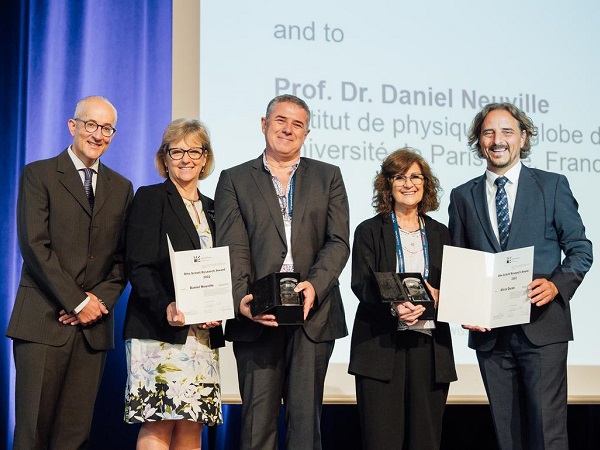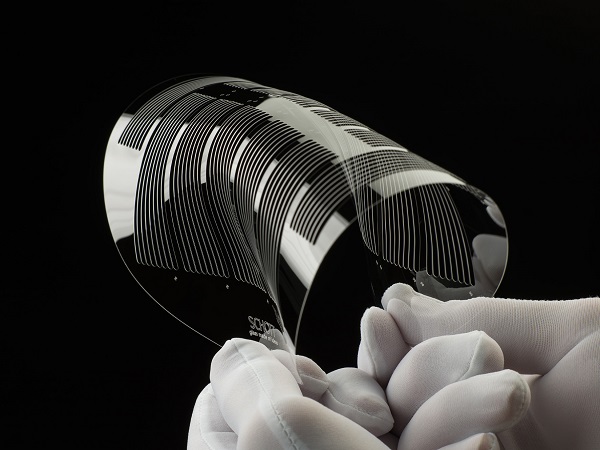Date: 10 November 2006
Light sources are supplied with power through a PVB laminated glass capable of conducting electricity. A transparent conductive glass base is joined together with a polyvinyl butyral flat glass laminate and a cover glass. Electrical power (low-voltage DC) is supplied by nearly invisible circuit boards on the surface of the base glass. The PVB glass laminate satisfies the legal requirements for protective overhead glazing and fulfills EN 12 600. Due to the fact that no holes must be drilled in the glass to establish electrical contact, PowerKontakt glass can also be used effectively for outdoor applications.
These innovative capabilities also convinced the jury of the MATERIALICA Design Awards 2006 to award the coveted Best of Material Award to the SCHOTT / l i f cooperation for this product.
In his speech, Dr. Christoph Konetschny, the chairman of the jury and Managing Director of Materialsgate, said: “Thanks to PowerKontakt, a solution has finally been found to a problem that has been presenting generations of designers with a major challenge: how to illuminate solid glass structures without using any visible wiring. PowerKontakt now opens up many new design options for designers and architects.”







Add new comment